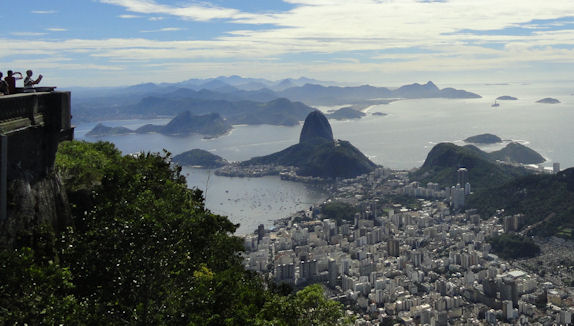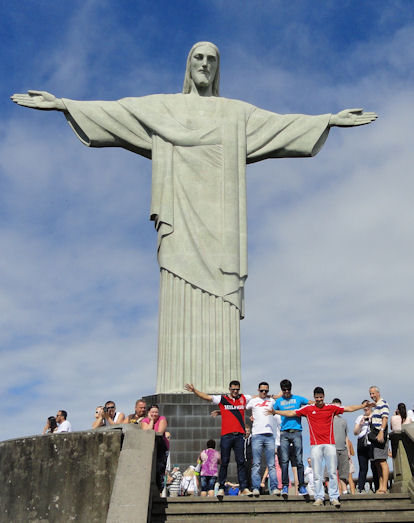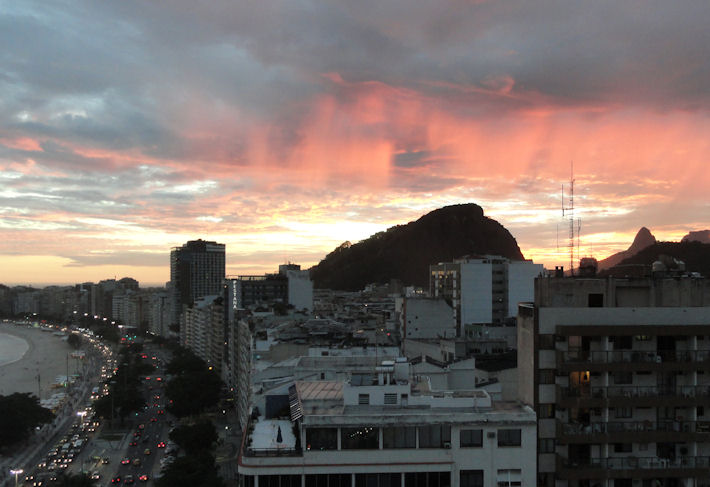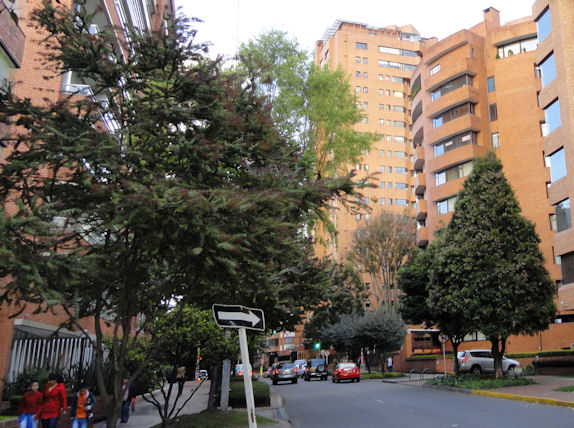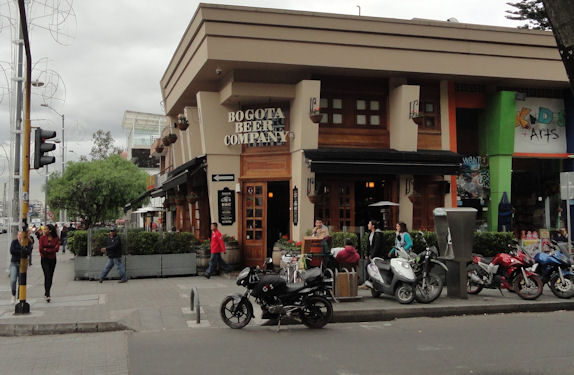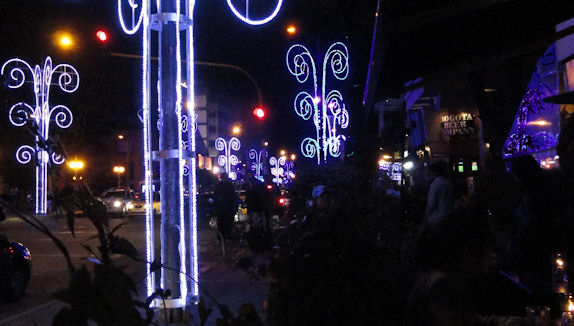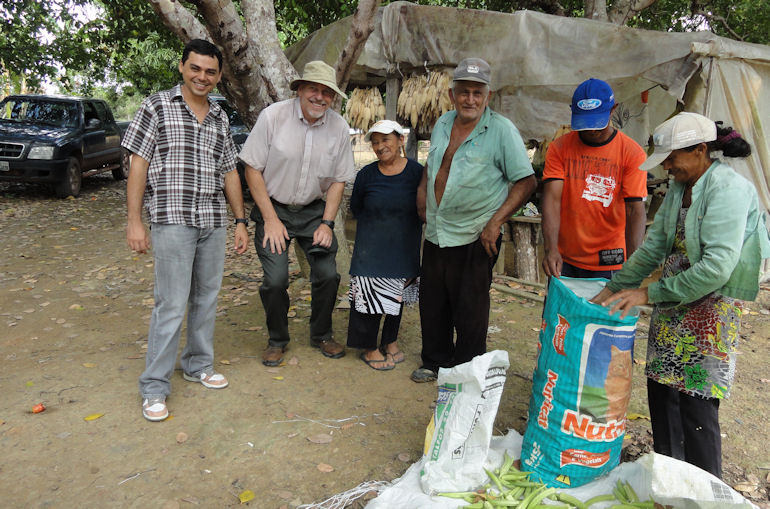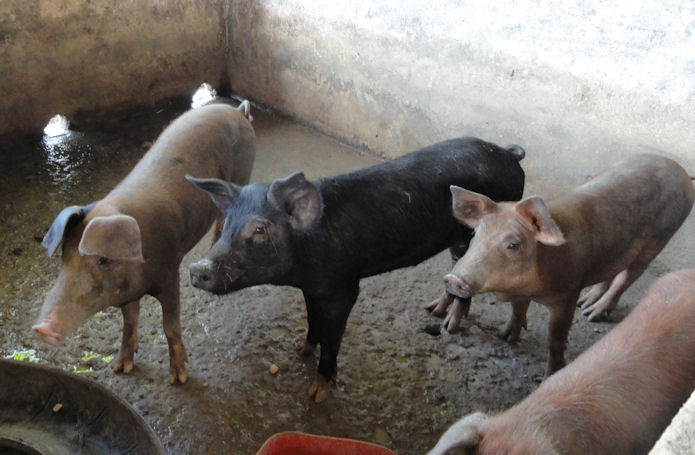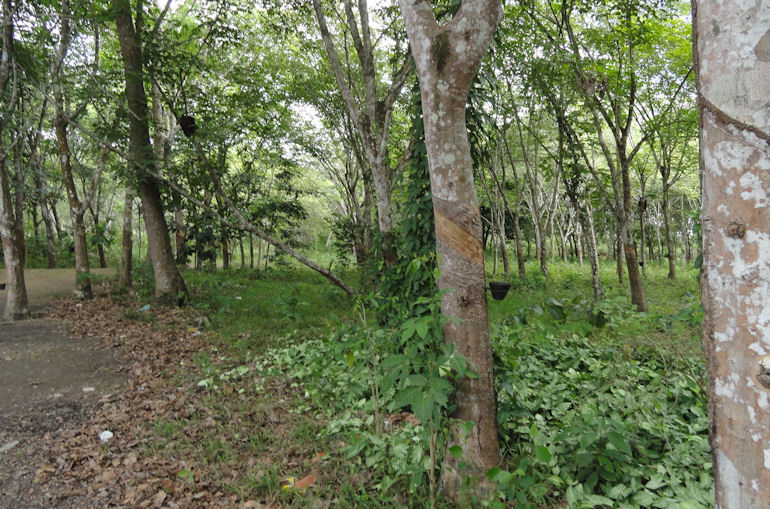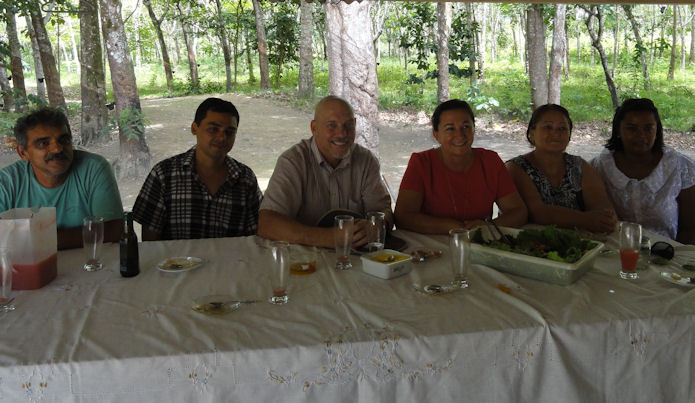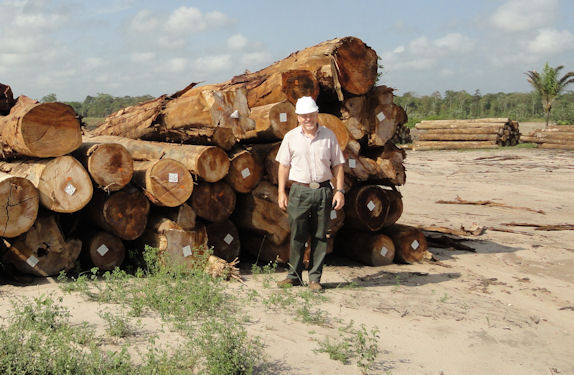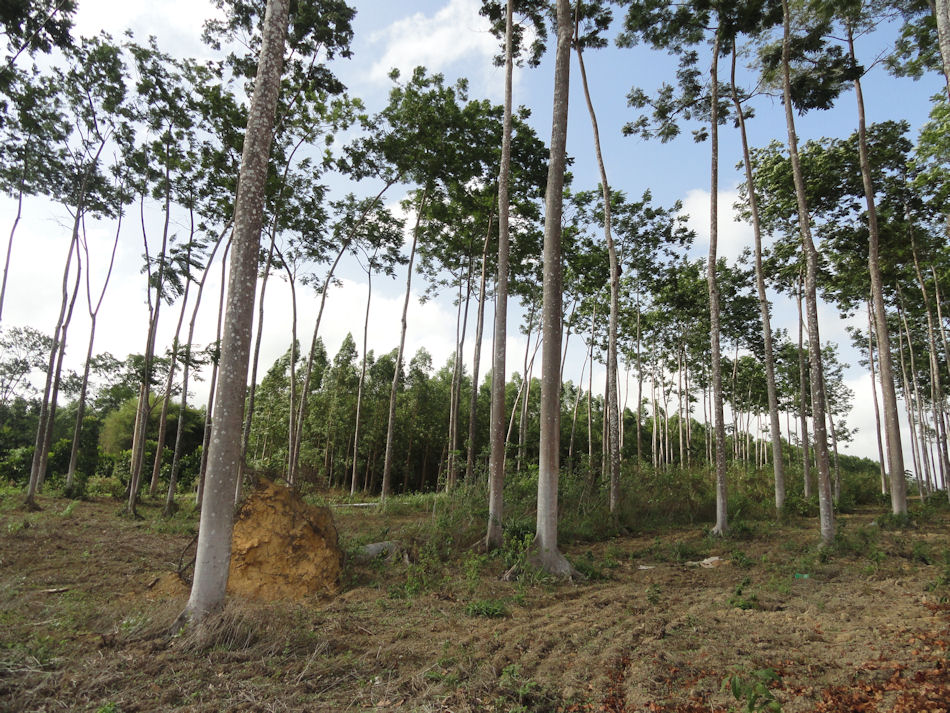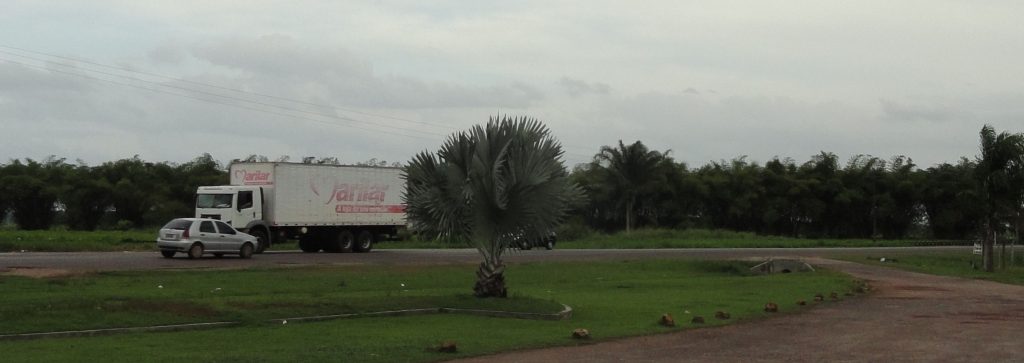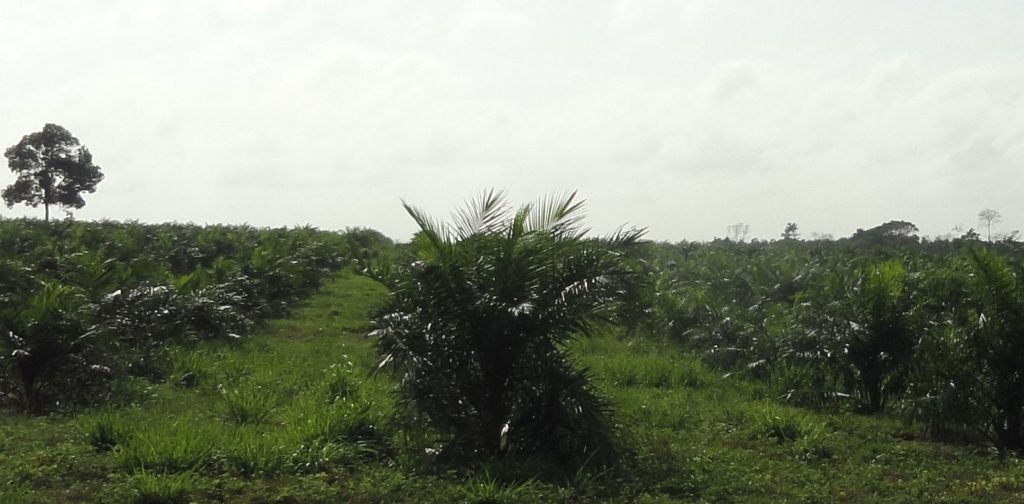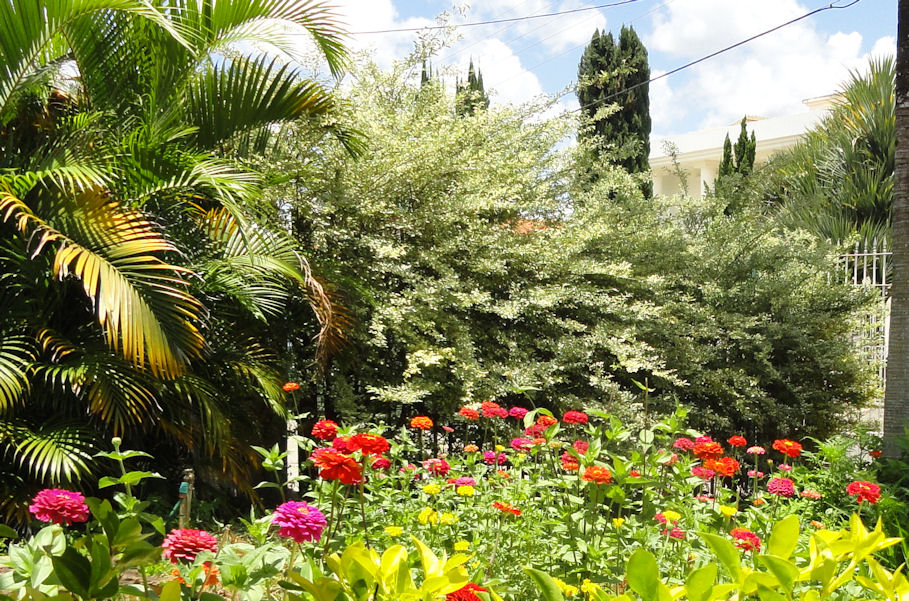
I don’t like things too orderly, at least not in the usual sense. I have to emphasize, not in the sense usually understood. I have been reading and studying for the last couple of years about randomness, chaos and spontaneous order. Most systems have an element of self-organization and all are subject to randomness. I am beginning to think that there is a higher order, a more subtle one but one more appropriate to the complex and changing situations we generally face. There is much we cannot control and it is probably better not to try. Instead of making plans that won’t work, it is better to have robust processes in place that take advantage of many situations. If you want to plan, maybe optimize it for the most likely scenario, but be ready to adapt.
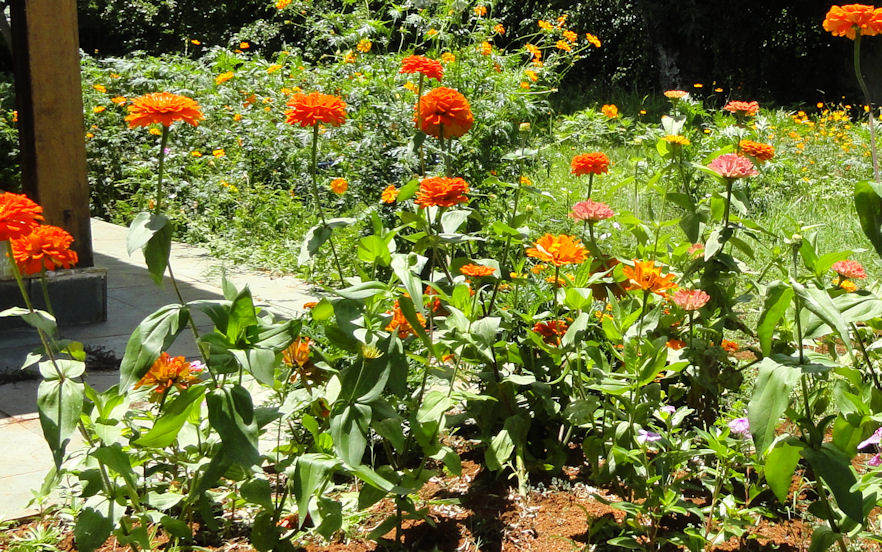
I have come to accept and even celebrate my ignorance, uncertainty and lack of detailed plans. It can be difficult to explain to others. I sometimes find it useful to have a profound plan that I can explain. Who knows? It might work. But I rarely believe that. I know with moral certitude that I will have to vary the plan, so it really is not a good idea to get too detailed into the planning. I suppose it is related to the “don’t spend a dollar to make a dime decision” rule of thumb. Don’t spend a lot of time and resources on something that is likely to be overtaken by events.
Things have been working out very well for me with my belief in the contingency nature of planning. I trust it will continue to work like that. People with plans seem to have things better in hand, but when those plans work it is merely a species of my random contingencies.
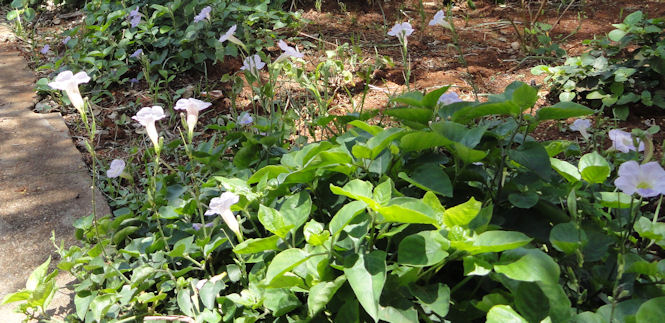
It doesn’t mean I don’t have any plans of my own, but I keep my goals firm and my methods flexible. IMO, some planners get this exactly wrong. They are less clear where they want to go than about the steps they will need to take to get there.
I was thinking about this today as I was weeding my “garden”. You can see the pictures of my flowers. It is disorderly in some senses, self-organizing and others and goal oriented for me. I pull weeds all the time and I move plants around. For example, I am establishing that ground cover you see with the blue flowers. Once in place, there will be no grass to cut in that place. The grass never grew very well there anyway. I have been gathering plants from other parts of the yard. The flowers come from seeds I gather when I ride my bike and then spread. They are all volunteers. I weed out what I don’t like, so it is not unplanned, but I do depend on what grows. My system is maintained w/o any power tools and I compost everything, so there is no garbage going out.
When I briefly had a gardener, we “exported” several bags of organic waste every week. I got rid of the gardener because he dissed by disorder and composting. I have not cut the whole lawn since May of 2012, although I knock down parts with my hand mover and scythe. There are lots of bees and butterflies and I suppose perhaps some of the nastier denizens of nature too, but they need a place to live too. The disorder gives us more diversity and more of everything in its disorder.
I think that is a good metaphor for life. It might be easier just to mow everything down, as it was when I got here. It would seem much more orderly, but it would be less interesting. Next week it will be different in ways I can anticipate but don’t control. I am always interested to see what will grow and how. I get to play in the garden every day and exert my influence, but there is the aspect of randomness. I like that. I established order in my peculiar way.

